|
I attended the 4th UNIFA (Université d'été francophone d'Asie) in Taipei, August 29-31. The theme was "Voyages, voisinages" (Traveling, neighbouring"). The journal "Croisements" issue 4 published by Atelier des Cahiers was released at the same time. A very exciting contents (see Atelier des Cahiers website to purchase the journal).
I am defending my Ph.D. thesis "L'Image de l'Autre dans le cinéma coréen (1945-2013)" Wednesday 25th June, in Paris, at Maison de l'Asie (Grand salon), EHESS, from 2 p.m. (Please confirm your presence). Find herewith the abstracts. You can also download the long version abstract. L’image de l’Autre dans le cinéma coréen (1945-2013) centrée sur l’ère de la politique du Rayon de soleil (1998-2008). Hétérologie et imaginaire. RÉSUMÉ Comment parler de l’Autre quand il est le Même ? C’est la question que les Coréens, du Sud comme du Nord, se posent depuis la partition de la péninsule. Dans cette situation de non-communication, le cinéma a été utilisé comme interface symbolique pour représenter la division. C’est ainsi que de chaque côté de la frontière se sont élaborés des discours hétérologiques. C’est la nature de ces discours et leur capacité de régulation qui font l’objet de cette thèse. L’approche mythodologique de Gilbert Durand nous permet d’étudier ce vaste corpus qui s’étend de 1945 à nos jours en y repérant les structures, schèmes et symboles qui définissent un imaginaire coréen de l’autre (alter) par le cinéma. Nous avons centré notre étude sur la période charnière de l’ère du Rayon de soleil (1998-2008). Une première partie définit notre méthodologie et nos concepts. La seconde partie étudie la mise en place du thème dans la période pré-1998, révélant un imaginaire fortement structuré par le régime diurne et oppositionnel des images. La troisième partie étudie le cinéma nord-coréen dans la période 1998-2008, et conclut sur la disparition progressive de la Corée du Sud comme Autre explicite. La quatrième partie aborde le contexte de production spécifique du cinéma sud-coréen en période de Vague coréenne. Dans la partie suivante, la dimension expérimentale du discours hétérologique révèle quatre structures principales organisant le corpus de 25 films. La dernière partie traite du déplacement de l’altérité dans le cinéma post-1998 de l’alter à l’alius, à d’autres Autre non coréens, ouvrant un imaginaire plus dialogique. Nous y relevons aussi la résilience de notre thème après 2008. ABSTRACT How can we speak about the Other if he/she is the Same? It is the question that Koreans both from North and South ask themselves since the partition of their country. In this non-communicative situation, cinema has been used as a symbolic interface to represent the division. Thus, on each side of the border; heterologic narratives have been elaborated. This thesis studies the nature and the regulatory function of these narratives. Gilbert Durand’s mythodology allows me to analyze this vast material running from 1945 to present and to locate the structures, schemes and symbols which define the Korean imaginary of the Other (alter) through films. I have centered my study on the pivotal Sunshine Policy era (1998-2008). The first part defines the methodology and concepts used. The second part studies the setting of the theme during the pre-1998 period, revealing an imaginary strongly structured by a diurnal and oppositional regime of images. The third part focuses on North Korean cinema during the period 1998-2008 and concludes on the progressive “disappearance” of South Korea as an explicit Other in the movies. The fourth part deals with the specific context of production of the South Korean cinema during the Korean Wave era. In the next part, the experimental dimension of the heterologic narrative reveals four main structures organizing the corpus of 25 movies. The last part deals with the transfer, in the post-1998 South Korean cinema, of the Otherness from the alter to the alius, to non-Korean other Others, opening a dialogic imaginary. We also note the resilience of the theme in movies released after 2008 and the end of the Sunshine Policy. I am very proud and honoured to have won the 2014 "French-Korea cultural prize" given by the Korean Embassy in Paris, alongwith Jazz singer Nah Youn Sun and the Paris Korean Film Festival du Film Coréen à Paris (FFCP). The ceremony was held May 28th in Paris.
Yongusil 33: The Sun, the Arrow, and Benjamin Joinau
BY ROBERT WINSTANLEY-CHESTERS | MAY 07, 2014 | Click on the title to see the original article. As academics and analysts, we read a large track of material and attend a large number of workshops, conferences, and other such intellectual gatherings. At the Sixth World Congress of Korean Studies in September of 2012, held at the idyllic Academy of Korean Studies in Seongnam, I heard a conference presentation that stopped me in my conceptual tracks and supported a dizzying connectivity between concepts I had previously absorbed and historical material I was currently processing for my own doctoral dissertation. Benjamin Joinau of EHESS, Paris delivered a presentation entitled “The Sun and the Arrow: A Topo-myth Analysis of Pyongyang” that turned my head. Joinau utilized the core analytical tool box of psycho-geography while coupling it to an acute sense of space and place akin to the most urgent and forthright of an anthropologically minded activist: urban geographers. Pyongyang lived and breathed in Joinau’s presentation, its histoire and terroire vibrating in conjoined narratological connection. Methodologically activated through a spatialization of Durrand’s diurnal and nocturnal mythodology via James Duncans’s socio-semiotoics, Joinau’s psycho-geographic reconfiguration of urban Pyongyang’s physical and spiritual axes was extraordinary. We watched and listened as he revisioned the construction and organization of the physical spaces of Pyongyang from those previous and historically familiar, grounded first in the needs and structures of the Yi dynasty, (“Pyongyang retained the dense and diversified fabric of its ancient origins….”) and secondarily in the co-option, ambition, and coloniality of Imperial Japan and submissive Chosun, through the disruption and destruction of war to new, more assertive re-orderings undertaken at the behest of revolution. Pyongyang and North Korea’s revolution was to play out in its urban geography, ”etching the official ideology… into the city’s layout.” It was to be commemorated in monolith and edifice and writ large in monumentality. This was urban geography manifesting not only revolution and ambition, but inherently and almost primarily glory. Joinau has envisaged an urban landscape and landscapes of actuated, embedded, acute glorification. Here a geographic and “ideological polygon” form axes of orientation echoing what Joinau terms “the sun” and the arrow.” Pyongyang is thus seen as a city “… symbolically and politically under the… eye of the Father, the Sun on Earth.” Joinau’s work through this intriguing interplay of symbol, semiotics, mythos, and cityscape provides a fascinating physical urban echo to Heonik Kwon and Byung-ho Chung’s more theoretic conceptualization of a North Korean politics of theatrics and charisma. Joinau has surely produced the vital kernel of what must be an absolutely key work of scholarship addressing the impact of politics and mythic narratology upon the physical landscapes of urban environment, twinning in the wake of Kwon and Chung, urban glory with charismatic rurality. The piece can be found in the new issue of the Sungkyun Journal of East Asian Studies (part of SungkyunKwan University in Seoul’s Academy of East Asian Studies), edited by the esteemed Dutch Koreanist Boudewijn Walraven. 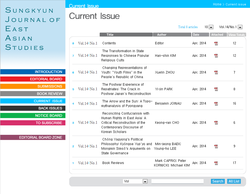 My paper "Topo-mythanalysis of Pyongyang" has been published in the Sungkyunkwan Journal of Korean Studies, volume 14, number 1 of April 2014 (downloadable in PDF). http://sjeas.skku.edu/backissue/current_issue.jsp For more maps to complement the reading of the article, you can visit the "materials" menu of this site. I have introduced my friend Lee Kyu-sang of Noonbit publishings to Dana Kapelian to publish her book, My Korean Women. I have supported that book from the beginning, and we were supposed to publish it in French at the Atelier des Cahiers. I also proofread and corrected it extensively, and even wrote a preface for it at the request of the author. Because of deep ethical dissents between the author and I, I have asked Lee Kyu-sang to remove my text from the book. I completely disassociate myself from this publication and from the author.
J’ai présenté à mon ami Lee Kyu-sang des éditions Noonbit Dana Kapélian pour publier son livre, My Korean Women. Livre que j’ai soutenu dès le début, puisque nous devions le publier en français aux Atelier des Cahiers, que je l’ai intégralement corrigé et annoté, et qu’à la demande de l’auteur j’en ai écrit la préface. Suite à des divergences irréconciliables avec cette dernière, j’ai demandé à Lee Kyu-sang de retirer mon texte du livre. Je me dissocie donc totalement de cette publication et surtout de son auteur. Find the original full text in French here on this site. English coming soon! A short article about Korean identities seen through cinema in EMAP electronic magazine on Asia and Pacific of Eurasiane network (along with an article by Eunsil Yim).
|
Benjamin Joinau's
Texts - Articles - Books - Presentations - Lectures - etc. Catégories
Tous
|
MESMOTSMESMONDES
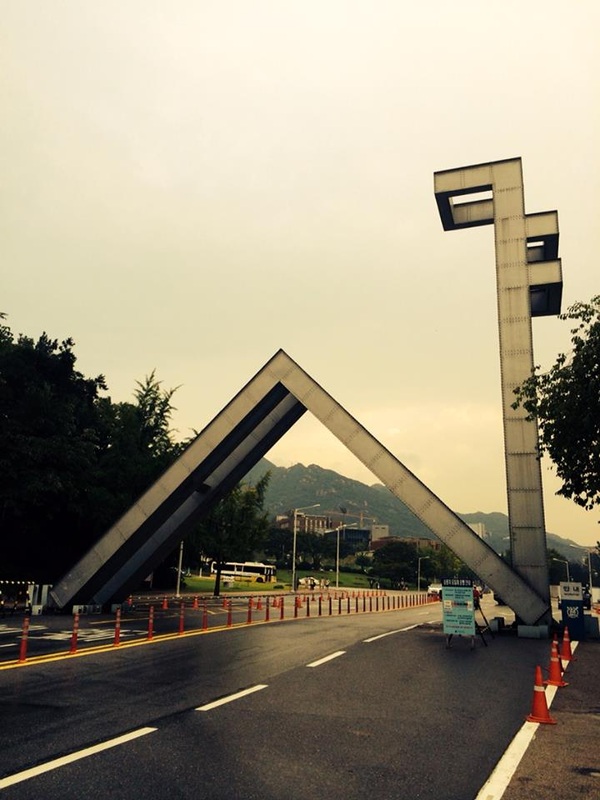
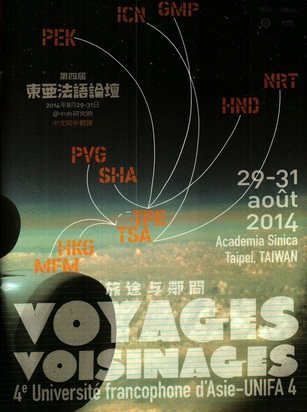
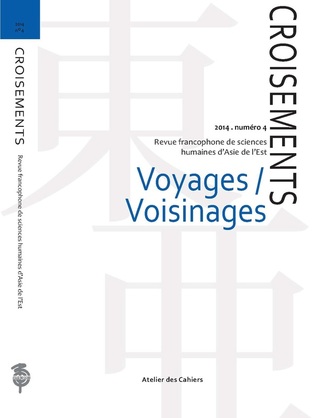
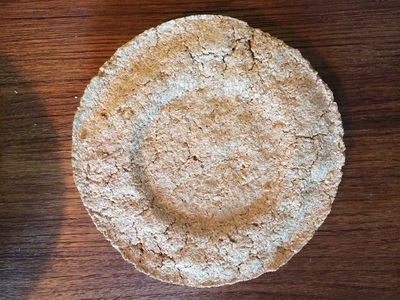
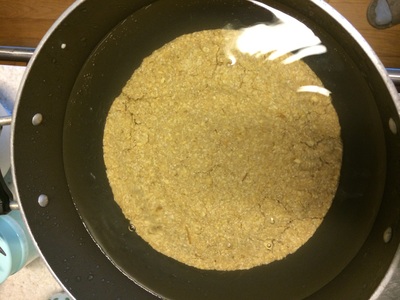
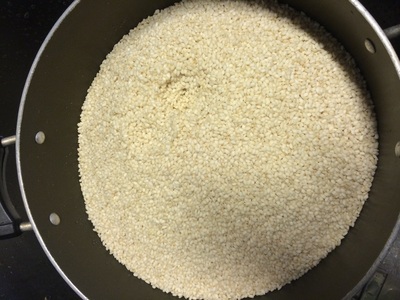
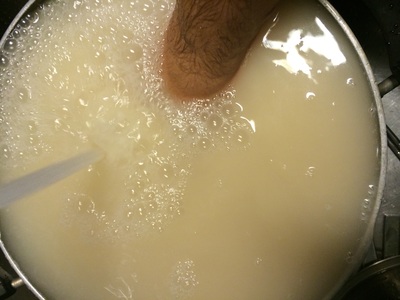
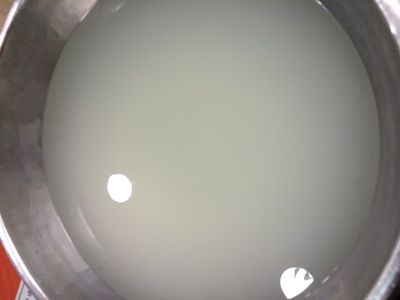
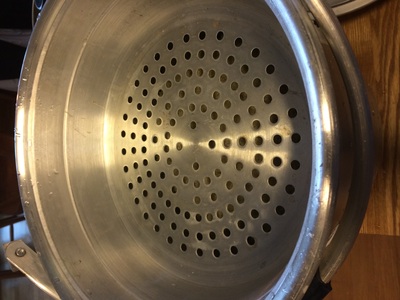
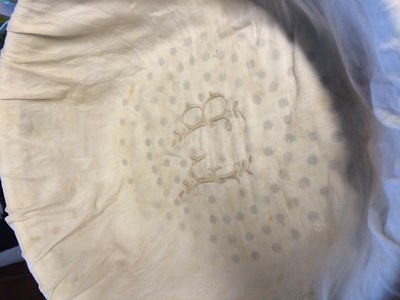
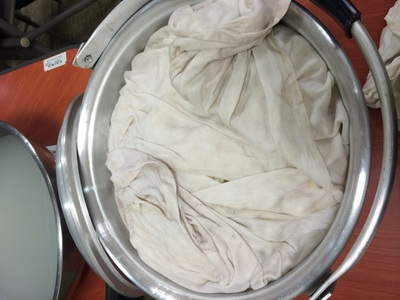
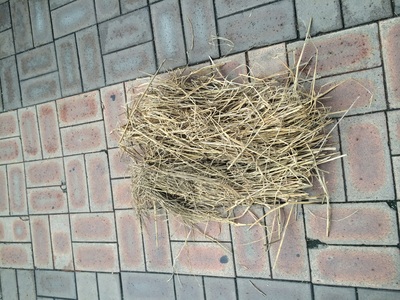
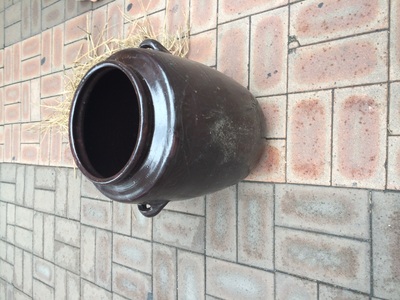
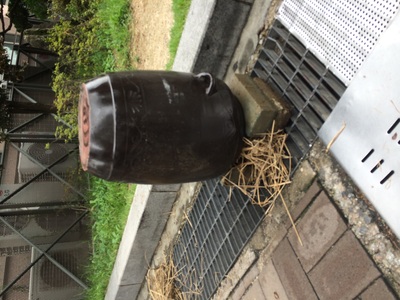
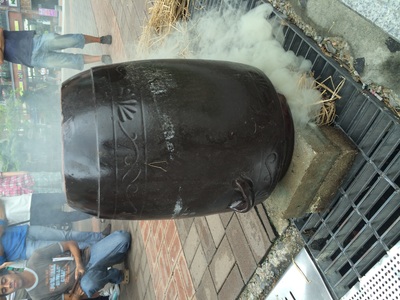
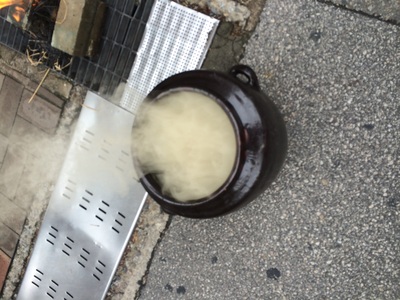
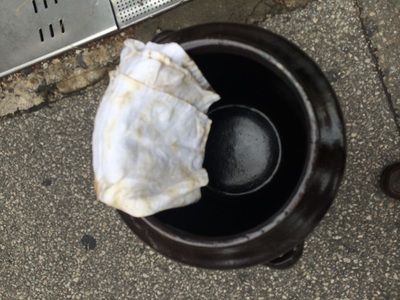
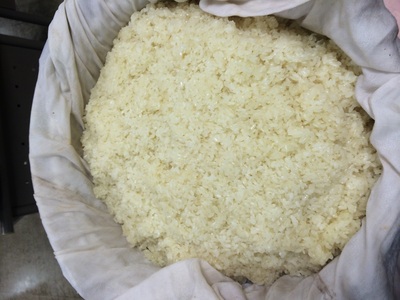
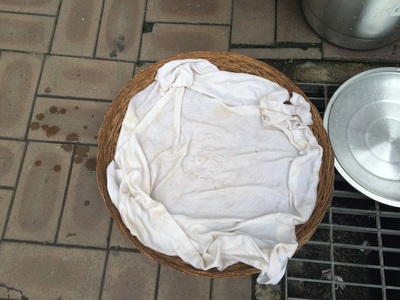
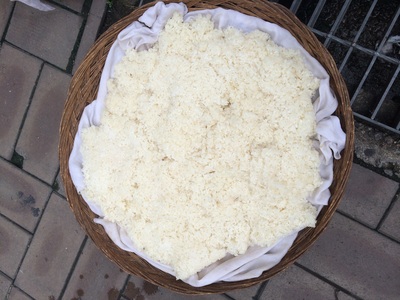
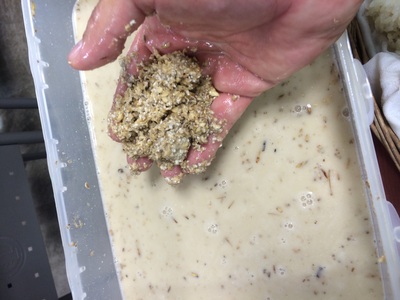
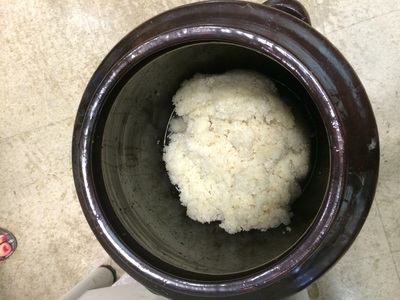
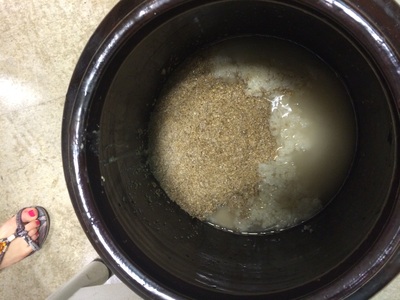
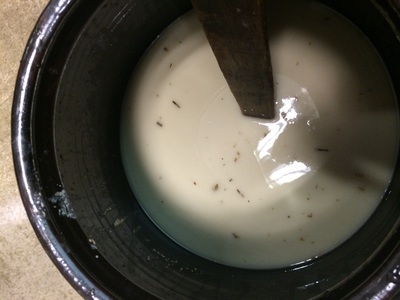
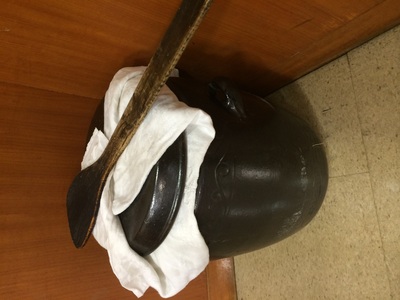
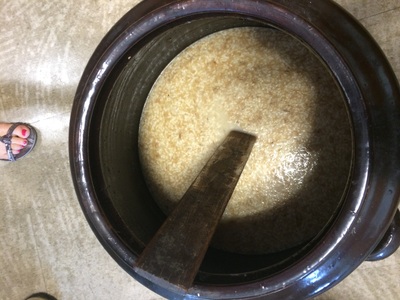
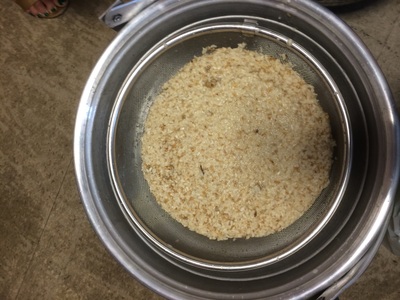
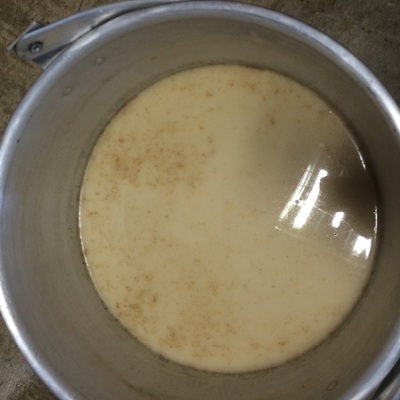
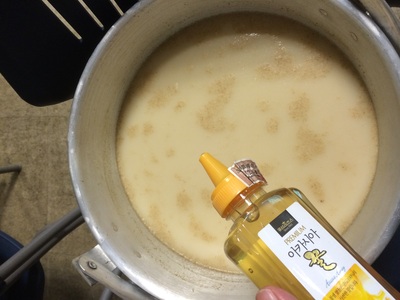
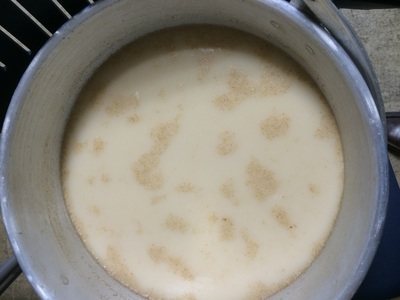
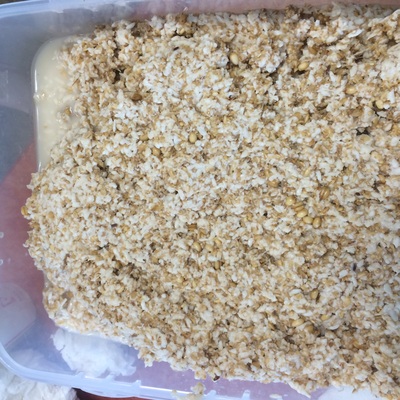
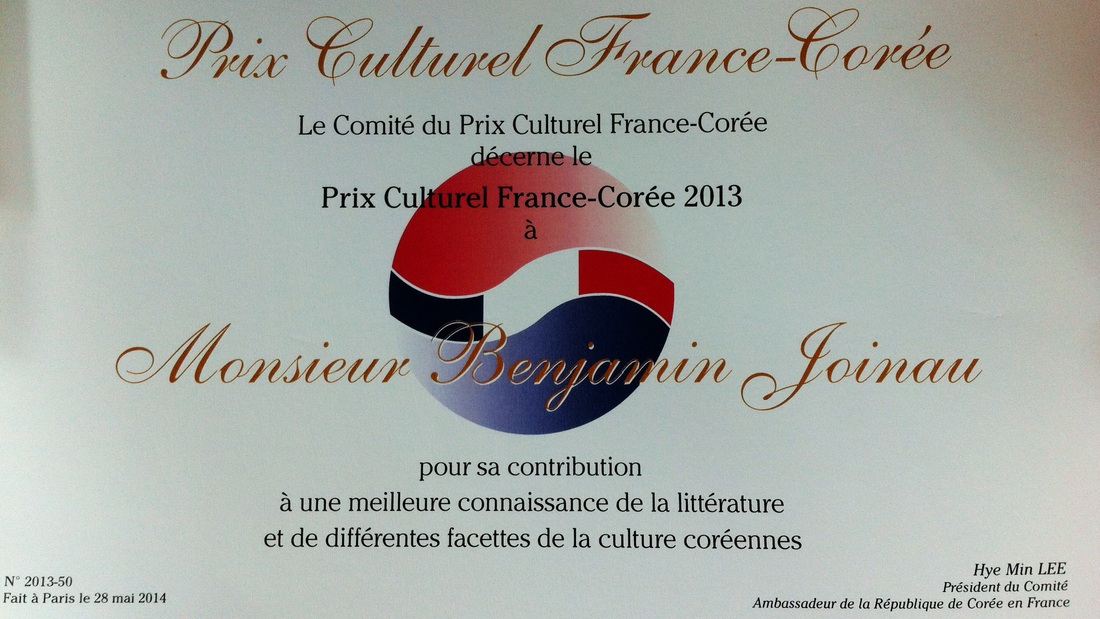
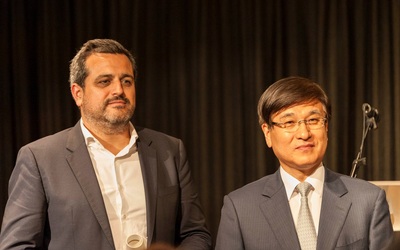
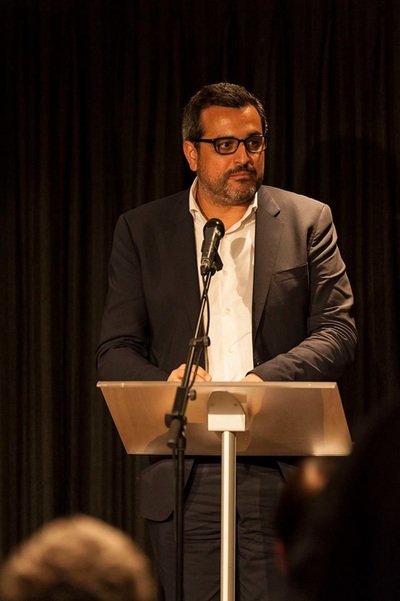
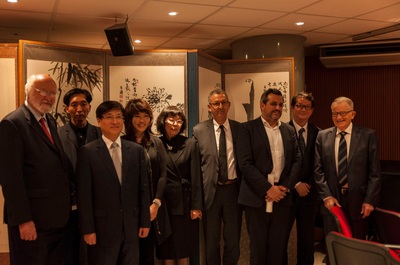
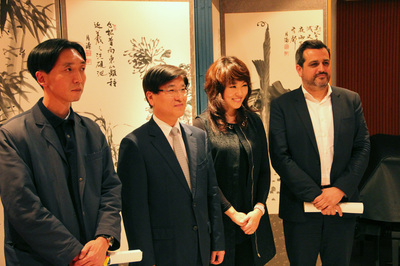
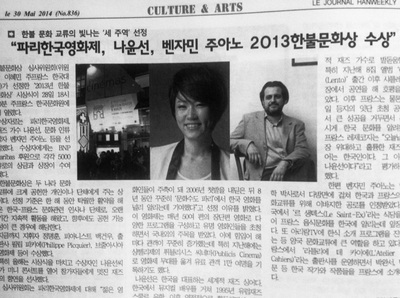
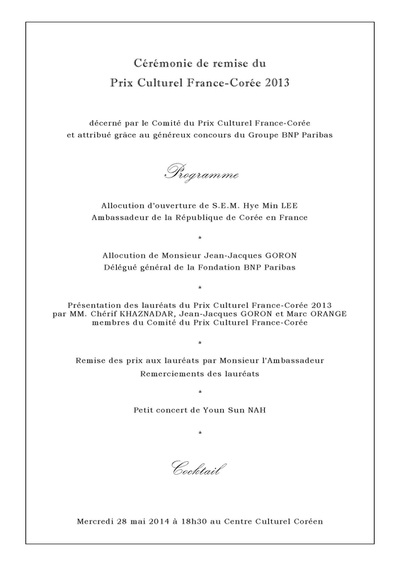
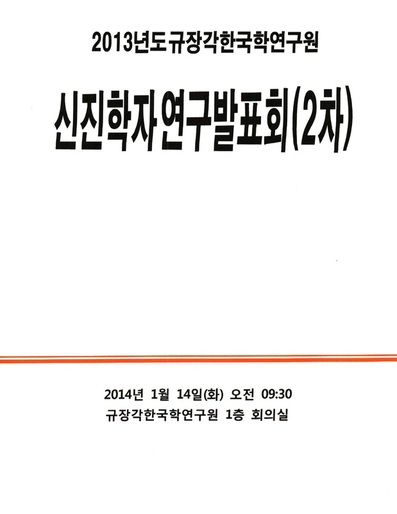

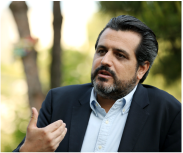
 Flux RSS
Flux RSS
